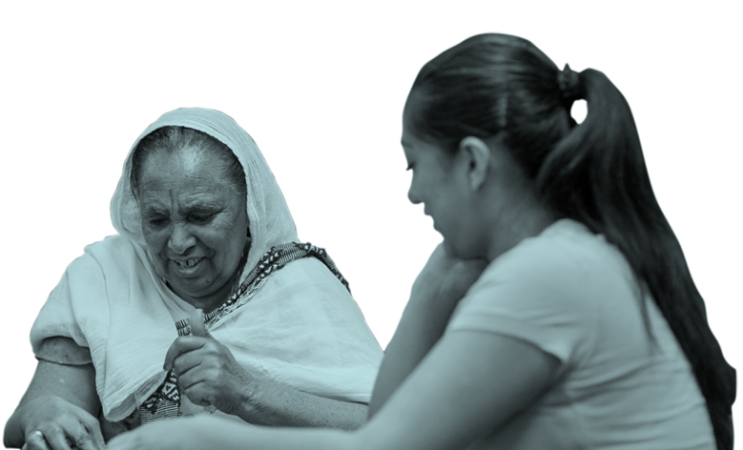Interview: Solid Ground's Virtual Volunteer Program
Dylan McDonough, Volunteer Program Manager at Solid Ground, generously shared his experiences with virtual learning during the pandemic. His role provides support to the tutoring, childcare and summer camp programs at East Metro Place.
-Rose Maney, Youth Virtual Tutoring Initiative Literacy Leader
How does Solid Ground find its students for tutoring?
Solid Ground offers housing, childcare and parenting classes to families experiencing homelessness, including temporary two-year and permanent long-term housing (34 units total). We also provide one-to-one tutoring through our Learning & Enrichment Program to help kindergarten through eighth grade students at our White Bear location.
What was the program like before Covid?
Before Covid, orientation was in-person, with pizza get-togethers where tutors were introduced to students and parents. It was an opportunity for everyone to get comfortable with one other, since they would be spending a couple hours a week together.
As many as 15 students were paired with a volunteer tutor after week one. Reading, math and writing skills were assessed at the beginning of the semester and at the end of the semester. We had a fall, spring and summer camp program mid-June to early-August. Summer camp offered three days of tutoring with the fourth day being an outing to the zoo or Lake Elmo.
What changed about the program after Covid?
We needed to remain flexible week by week. Change was led by schools; sometimes the students were in-person at school, sometimes the students were learning at home, and then the virtual option started opening up for the first time to everyone.
What platform do you use for virtual tutoring?
The platform we use is Google Meet. The staff connected with the students for 15 minutes at the beginning of the tutoring session explaining all the features, whiteboard and chat features. To make everyone more comfortable with the platform we show them the games I spy and hangman.
How did things change with the tutoring staff after Covid?
After Covid started we had two tutoring staff still able to work with the kids. The tutors provided students with materials “no-contact” under the door, and tutors maintained constant communication with the parents.
What was your student retention like with virtual learning?
We found that this big life event set our students back educationally. At the beginning of the semester we had ten students in tutoring, but by the end of the semester we had maybe three students. During the summer, attendance was low and the students' minds were wandering. Some families moved out and new families moved in.
We decided to remove tutoring sign-up deadlines and made the paperwork as easy as possible to remove any barriers. Over the summer camp session we had 10 students total, but unfortunately attendance was all over the place. By fall semester we were offering drop-in tutoring.
Could you tell me a little bit about what your boundary and trauma training look like?
All of our staff take boundary and trauma training; it’s a series of questions to see what trauma might look like in a student's behavior. The tutors learn empathy and support when working with students.
Will you continue to use virtual or blended tutoring after the pandemic is over?
Yes, we will use virtual and blended tutoring because it increases accessibility in our program. But we’re looking forward to when the pandemic protocols are over, so we can get back to our old capacity!
Would you say with online learning that “screen burnout” has been an issue with tutoring?
Yes, students definitely get distracted. Our tutors are very flexible and understanding, and because they use Google Meet, they can share ideas for games and try to connect to students with conversation. There is the social component between the tutor and the student.
Could you tell me more about that student-tutor relationship?
Tutors try to stick with the same students. The students are matched with a tutor at the beginning of the semester and they can continue to work with the students as the years go on. With some of the permanent housing students, the tutors will continue working with the student as they grow up in grades. The majority of our students are elementary students; we serve middle school students too, but there are fewer of them.

